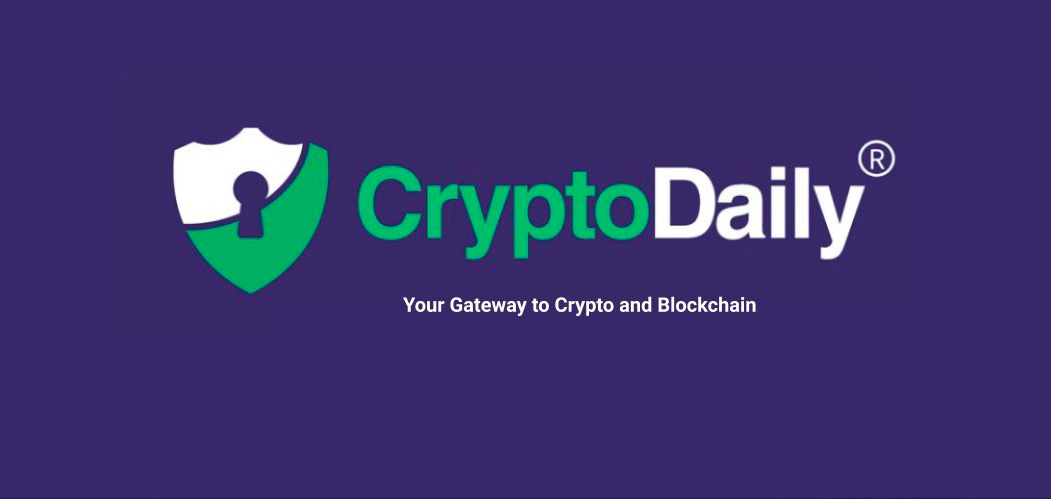Published
5 years ago on
November 05, 2018
Tether is the biggest stablecoin in the world by market cap and is one of the most traded cryptocurrencies in existence too. The premise of Tether is that it allows investors to purchase other cryptocurrencies like Bitcoin, in a token that is as close to the US Dollar as possible, meaning they can make safer crypto to crypto exchanges that aren’t as exposed to volatility as say, an Ethereum to Bitcoin exchange might be.
After it was initially created by a former actor Brock Pierce, is a crypto entrepreneur and some other venture capitalists first launched on major fiat crypto exchange Bitfinex. Currently, nearly every major exchange uses it but you can only withdraw US Dollars at the full $1,000 value as a result of having USDT on Bitfinex. On any other exchange, you will be able to get a dollar’s worth of a crypto that is paired with USD and therefore cash out to USD at a predictable rate.
As said on the official Tether website:
Investment Disclaimer
“Tether Platform currencies are 100% backed by actual fiat currency assets in our reserve account. Tethers are redeemable and exchangeable pursuant to Tether Limited’s terms of service. The conversion rate is 1 tether USD₮ equals 1 USD.”More competition for Tether Tether has once again separated itself from the 1:1 US dollar ratio that it promises investors. The current price as is the lowest it has been since the middle of October when it dropped down to 93 cents. There are few factors which go into a stablecoin becoming unstable and for Tether, it’s fair to say there are positive and negative factors which should be moving it in either direction. Coinbase and Circle recently launched USD Coin, itBit released Paxos Standard and the Winklevoss twins’ Gemini exchange backed a stablecoin with the title Gemini Dollar. All of these tokens have a similar purpose and functionality o Tether and there are some tertiary effects to them coming about. As said by CCN:
“Coinbase, Circle, and Gemini, no longer have the incentive to list or mess with USDT at all. In the case of Paxos Standard, a legitimate competitor with a perceptibly superior regulatory profile (itBit has a BitLicense) emerges.”What are your thoughts? Let us know what you think down below in the comments!









